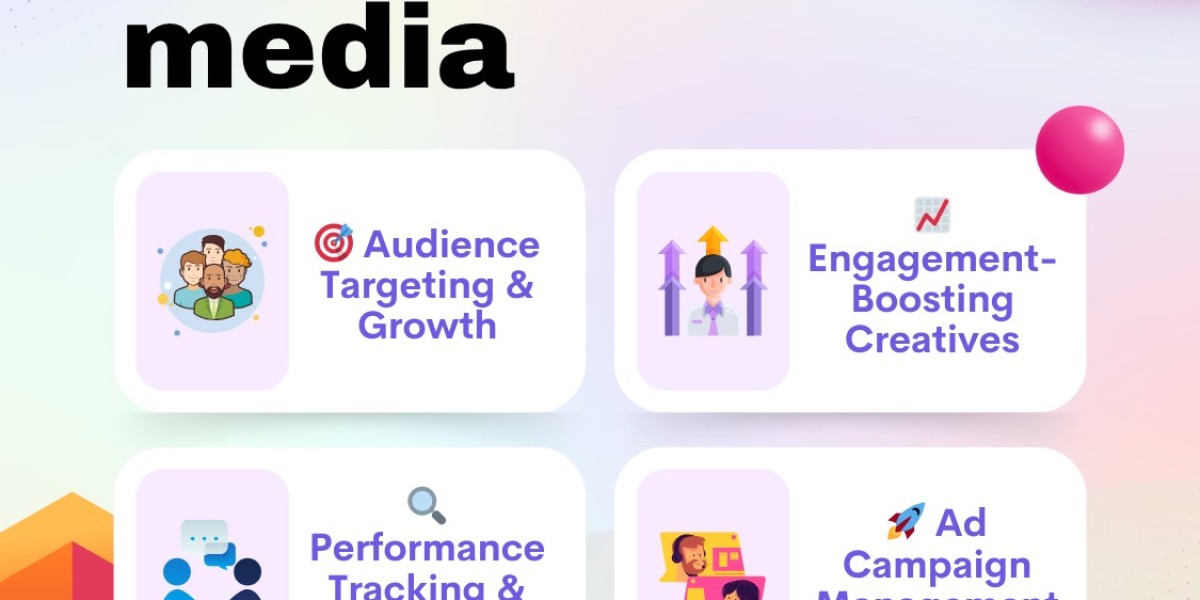As enterprises continue to embrace cloud-native technologies, the software landscape is evolving rapidly. Architectures built on microservices, containers, and serverless computing have become the foundation for delivering fast, scalable, and resilient applications. However, with this evolution comes a new set of challenges: how to ensure consistent quality across highly dynamic and distributed systems.
Cloud-native testing is the answer. It enables continuous validation in environments that automatically scale and change frequently. Unlike traditional QA methods that rely on fixed infrastructure and manual execution, cloud-native testing integrates smoothly into CI/CD pipelines and uses automation, observability, and infrastructure-as-code principles. This ensures that every component—no matter how ephemeral or decoupled—meets strict performance, security, and reliability standards.
What is Cloud-Native Testing?
Cloud-native testing is a modern approach to software quality assurance designed specifically for cloud-native applications. These apps often rely on microservices, containerization (like Docker), orchestration platforms (such as Kubernetes), and serverless frameworks (AWS Lambda, Azure Functions, Google Cloud Functions).
Unlike traditional monolithic systems, cloud-native apps are distributed and deployed across multiple services that often run in ephemeral environments. This architectural shift demands a testing methodology that is dynamic, automated, and deeply integrated with the development lifecycle.
Key Characteristics of Cloud-Native Testing
- Designed for Distributed Systems: Tests account for loosely coupled services, dependencies, latency, and network resilience.
- Infrastructure Aware: Testing environments mimic real production infrastructure using containers or cloud test clusters.
- Automation-Centric: Automated unit, integration, end-to-end, and performance tests are embedded in CI/CD pipelines.
- Observability-Driven: Uses real-time metrics, logging, and tracing to monitor system behavior during tests.
- Environment-Independent and Scalable: Tests run consistently across staging, testing, and production environments, scaling on demand.
Cloud-native testing is a collaborative effort between QA teams, DevOps, and developers to embed quality as a fundamental part of software delivery.
Testing in Serverless Environments: Unique Challenges
Serverless computing shifts how applications are built and scaled. Functions run in stateless, event-driven containers managed by cloud providers, eliminating the need to manage infrastructure. While this speeds development and scalability, it poses distinct QA challenges:
- Ephemeral Services: Functions exist only briefly, making persistent environment testing impractical.
- Event-Driven Execution: Tests must simulate asynchronous triggers and complex workflows across services.
- Limited Infrastructure Control: QA relies on cloud-native observability tools since traditional debugging is limited.
- Cold Starts & Performance Variability: Tests must measure function performance during both warm and cold starts.
- Third-Party Integration: External dependencies must be mocked or tested in realistic staging setups.
Successful serverless testing requires event-aware, resilient strategies focusing on behavior, not infrastructure.
Essential Types of Testing in Cloud-Native Architectures
- Load & Performance Testing: Simulates user loads and measures response times under stress.
- Functional Testing: Validates APIs, workflows, and user scenarios automatically.
- Latency Testing: Measures data transmission delays, critical for real-time apps.
- Browser Performance Testing: Ensures consistent front-end experience across browsers and devices.
- Compatibility Testing: Confirms app functionality across operating systems and network conditions.
- Stress Testing: Assesses behavior under extreme traffic or infrastructure failures.
Benefits of Cloud-Native Testing
- Scalability: Automated tests scale elastically alongside applications without manual intervention.
- Real-World Simulation: Testing environments closely mimic production conditions, revealing real issues.
- Faster Feedback Loops: Integration with CI/CD enables early bug detection and rapid resolution.
- Improved Resilience: Chaos testing identifies vulnerabilities and validates error recovery mechanisms.
Best Practices for Cloud-Native Testing
- Shift-Left Testing: Embed tests early in development to catch defects sooner.
- Automation Across the Stack: Automate unit, integration, end-to-end, performance, and security tests.
- Environment Parity: Use containers like Docker and Kubernetes for consistent testing environments.
- Observability Integration: Use logs, metrics, and tracing for insight during testing.
- Chaos Engineering: Introduce controlled failures to test resilience.
- Cross-Region & Multi-Cloud Testing: Validate functionality and performance across different locations.
- Security Testing: Automate vulnerability scanning and penetration testing throughout the lifecycle.
Integrating Testing into CI/CD Pipelines
Continuous testing is key to cloud-native success:
- Run unit tests on every code commit.
- Execute integration tests on pull requests.
- Deploy automatically to staging.
- Conduct regression and load tests before release.
- Monitor production via canary deployments and real-time feedback.
This pipeline accelerates releases without sacrificing quality.
On Wave Group: Your Partner in Cloud-Native Solutions
For organizations looking to excel in cloud-native development and testing, On Wave Group offers expert software development services tailored to modern architectures. Specializing in custom software development, cloud integration, and scalable solutions, On Wave Group helps businesses design, build, and test resilient cloud-native applications.
Their team understands the complexities of microservices, serverless, and containerized environments, enabling clients to implement robust cloud-native testing strategies. By combining cutting-edge technologies with best practices in automation and observability, On Wave Group ensures your applications maintain high quality and reliability in today’s fast-paced digital landscape.
The Future of QA in a Cloud-Native World
As cloud-native maturity advances, quality assurance will continue to evolve:
- Test-as-Code: Test cases become part of code repositories for better version control.
- AI-Driven Testing: Machine learning predicts failures and auto-generates tests.
- Serverless CI/CD: Entire pipelines run serverlessly with optimized cost and scalability.
- Self-Healing Tests: Automated correction of flaky tests or environment issues.
Testing will move beyond feature validation to ensuring resilience, agility, and observability.
Conclusion
Cloud-native testing represents a strategic shift in how quality is assured in modern software development. In distributed, event-driven, and rapidly evolving systems, testing must be agile, automated, and deeply integrated into the delivery process.
By adopting cloud-native testing principles—automation, observability, continuous integration, and chaos engineering—organizations can confidently deliver fast, scalable, and resilient applications ready for the demands of today’s digital world.






